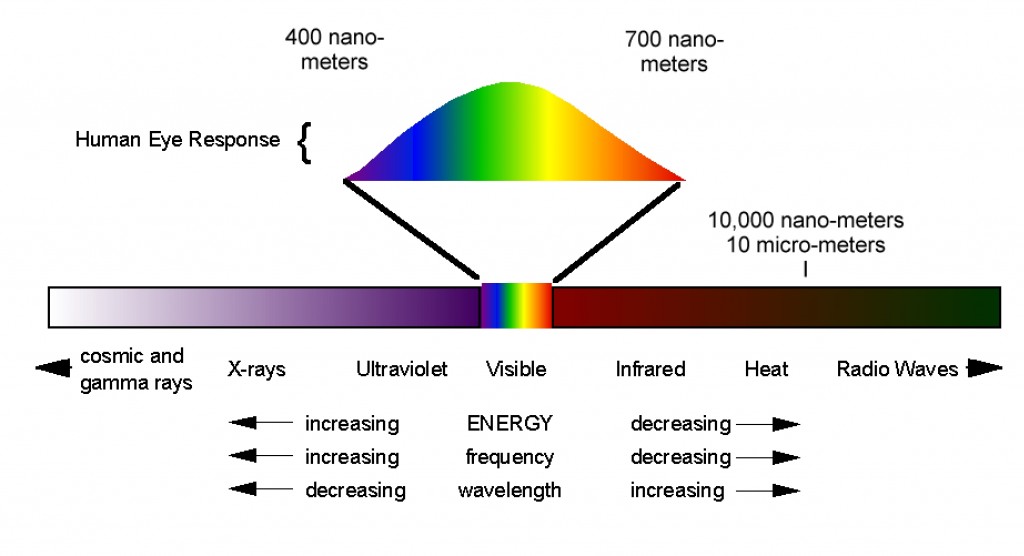I’m on my way now to the third and final day of the Transmedia Next Training For Media Professionals, where the Pickfords, Chaplins, Fairbankses and Griffithses of the 21st century are gobbling up inspiration and information from the likes of Lance Weiler, David Beard, Inga von Staden, and Anita Ondine.
Officially, I’m attending the Transmedia Next training as a journalist – but that’s just my avatar. As you know, I create other worlds when I’m not writing about this one – and sometimes even get paid for it. I missed Transmedia Next day one, but yesterday was enough to soak me through with new ideas. My pulse rate literally accelerates when I hear the hows & whys of full spectrum storytelling. Really. I get all flushed and sweaty.
“Transmedia” seems to be the designation we’re going to use for this 21st century storytelling, where the divisions between book and film and game and app and any other media-centric experience you can think of can become almost infinitely blurred. But I do like the expression “full-spectrum media” too. I don’t know where I first heard it. Maybe I just made it up. The US military has openly sought “full-spectrum dominance” of all possible combat spaces. Now, storytellers and artists must stake a claim to their own limitless arena. It’s exciting to recall that a spectrum is absurdly larger than the puny ROYGBIV of visible colors. It extends endlessly to the left and right and contains colors we can, right now, only barely imagine.
One of my key functions now – as a “transmedia storyteller” – is to do my best to push into the infrared and the ultraviolet of our current transmedia spectrum, extending the range of vision so the generation after us – the real transmedia artists – the Jean Renoirs and David Leans and Orson Welleses – will be in a position to see a little further.
